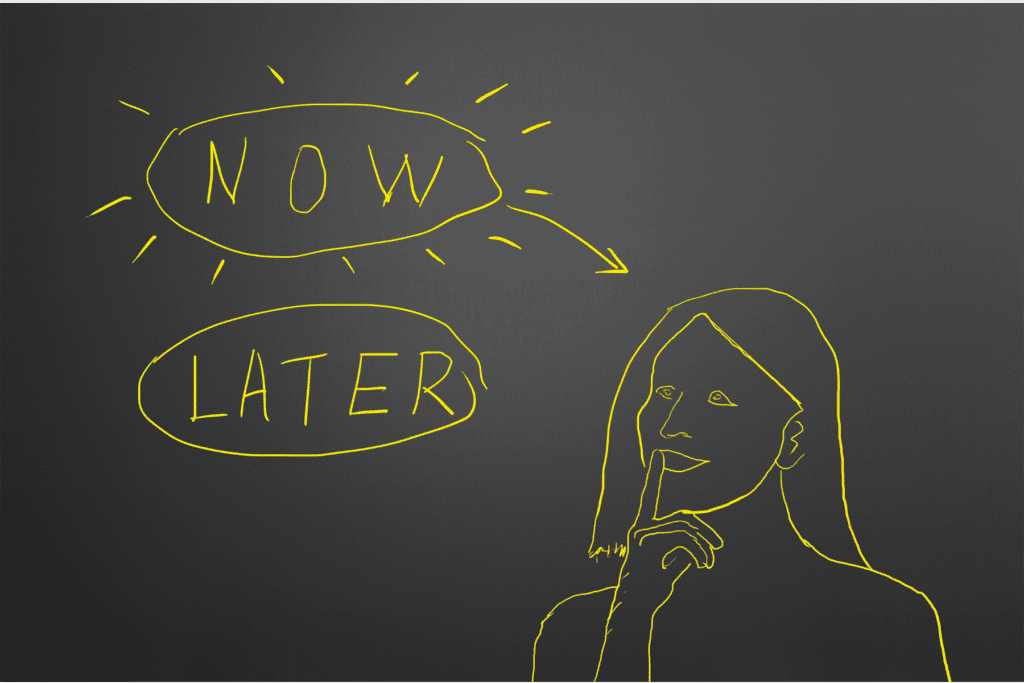The One-Off Training Trap

Have you had the experience of doing a one-off intervention for a complex culture challenge? Maybe for a while, everyone is energized. There’s a palpable sense of progress. And sometimes it sticks. But sometimes people slip back into old patterns. You’re trying to cure a chronic condition with a one-time prescription. Meaningful culture change isn’t a project; it’s a practice.
Building Caring Culture out of Conflict

A few years ago, a small company had a major workplace conflict that escalated to the point of someone being fired. For the people who were left, the whole thing felt horrible and confusing. They decided as a team that they needed to approach conflict differently going forward: not avoiding difficult conversations, nor jumping straight to escalation, but instead building the structures, skills, and culture to work through it generatively. Find out what they did.
Surfacing the Wisdom in “No”

You can probably think of a time when you were in a group that was making a decision, and you got the sense that things were heading rapidly in the wrong direction. Whatever the reason, you might have ended up in groupthink: when everyone gets swept along with an idea, and careful questioning and thinking about implications doesn’t happen. In these moments, it can help to spend some time looking for the wisdom in divergent perspectives.
We care so much it’s hurting us

Mission driven organizations have this very difficult dilemma. People feel like they need to do it all, because there is so much need, and they care so much, but then they are facing high burnout and losing people, which makes it impossible to do the work. As much as we wish we could do it all, when we set boundaries (taking care of ourselves) we become better able to take care of the people and communities we are trying to serve.
When the threat (is not really) coming from inside the house

Fight energy in our nervous system can be a very powerful support to help us deal with crisis or ongoing threat. But fight energy has a strong pull. It takes some careful balancing and strategy to direct the fight energy in the right direction, so that we can fight the threat in community, not against community.
The Power of Not Knowing

I’m learning to crab walk. I decided to try something new to combat my reduced physical activity that began with working from home a few years ago. I chose an exercise program that includes a lot of familiar activity, and a little bit of unfamiliar activity. Most of the unfamiliar activity came naturally to me, but the crab walk seemed to break my brain at first. I found myself connecting this to some of my worries of late. As the geopolitical contexts of our lives are changing drastically and rapidly right now, I’ve been worrying that the approaches we’ve been taking toward our relationships and communities and visions of shared healthy peace will not be enough.
The Monsters in the Curtain

Systems came out of the imaginations of people and are created through millions of everyday actions of people (including everyone reading this blog), and that means it is possible to imagine other realities into being. This is not the way things have to be. Humans have imagined and then created all sorts of different systems, and that can continue, but only if we don’t fall into the trap of thinking the way things are is the only way.
Don’t Underthink It.

Knowing what we hope for in any given situation – or undertaking, or conversation, or relationship – plays a big role in whether that hope will be realized. And yet there is a common way of thinking about this which assumes it only applies to momentous, major stuff – there’s no need to be mindfully intentional about the run of the mill, moment to moment minutia of life. Even those with mindfulness or meditation practices may relegate the practice to non-working time.
In workplaces, this might look like carefully crafted values statements, formal retrospectives on projects, and shared agreements for meetings, but… no intentional practices around informal, in-the-moment ideation or feedback.
The Urgency Audit.

The organization may stop encouraging or rewarding needless urgency, but if it hasn’t mapped out and implemented the corresponding structural or process supports (resource allocation, incentives and performance metrics, accessibility supports, roles, workflows, policy) to enable this shift, it will either become less effective or it will continue operating in perpetual urgency.
Leadership Behaviours For Regenerative Power

Power is not in and of itself a bad thing. However, in social change spheres we tend to notice how power causes harm and reinforces injustice and inequality.
Check out this framework for shifting leadership power away from the dominant ways that power shows up in the workplace, to a set of behaviours and mindsets that are more regenerative and restorative.
